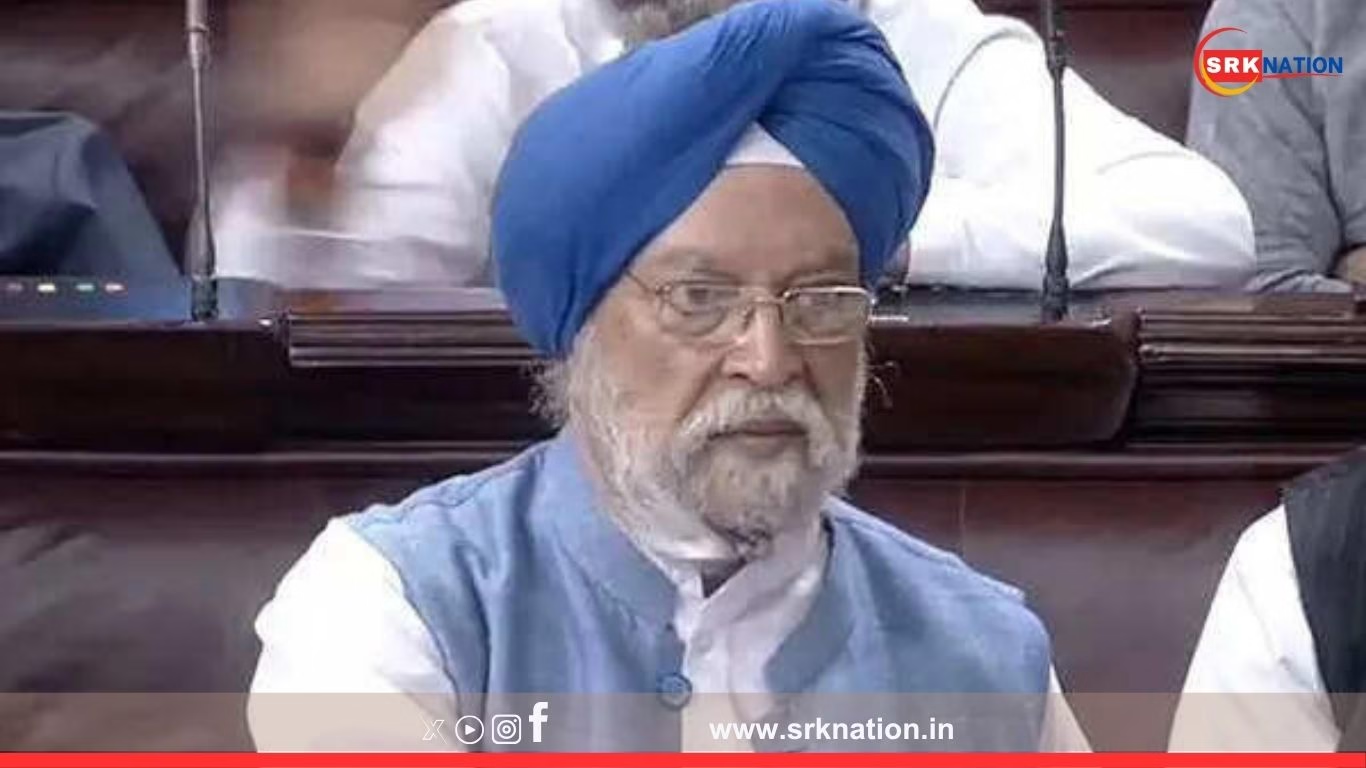India’s energy landscape is undergoing a dynamic transformation with a renewed focus on oil and gas exploration activities, as highlighted by Union Petroleum and Natural Gas Minister Hardeep Singh Puri. Speaking at a recent energy summit, the minister underlined the resurgence in exploration efforts across various sedimentary basins in the country, aimed at enhancing domestic hydrocarbon production and reducing reliance on energy imports.
The announcement marks a significant policy thrust under Prime Minister Narendra Modi’s “Atmanirbhar Bharat” mission, particularly in the energy sector, as India intensifies efforts to bolster its energy security amidst volatile global markets.
Exploration Rebound After Lull Period
India’s oil and gas exploration sector had witnessed a slowdown over the last decade due to global price fluctuations, declining interest from private players, and regulatory bottlenecks. However, recent policy interventions, coupled with global energy uncertainties, have prompted both government-run and private players to reignite exploration activity.
According to Petroleum Minister Puri, exploration acreage has increased by four times in the past nine years, growing from 80,000 sq. km in 2014 to over 320,000 sq. km in 2023-24. The focus has also shifted to underexplored and frontier basins, including those in the Northeast, Andaman and Nicobar, and deepwater offshore zones.
Government Initiatives Driving the Surge
A series of strategic reforms have contributed to this resurgence:
- Hydrocarbon Exploration and Licensing Policy (HELP):
Introduced in 2016, HELP allows companies to explore all hydrocarbons under a single license, removing restrictions tied to specific fuels. - Open Acreage Licensing Policy (OALP):
Offers companies flexibility to carve out blocks of their interest for bidding. So far, eight bidding rounds have been conducted, offering more than 1,70,000 sq. km for exploration. - Ease of Doing Business Measures:
Streamlined clearance mechanisms, digitization of processes, and revenue-sharing models have boosted investor confidence. - Increased FDI Cap:
The 100% FDI allowance under the automatic route for oil and gas exploration has attracted several global players to re-enter the Indian energy market.
Exploration Activity Snapshot: Key Metrics
| Indicator | 2014 | 2023-24 |
|---|---|---|
| Exploration Acreage (sq. km) | 80,000 | 320,000 |
| No. of Operational Sedimentary Basins | 8 | 16 |
| Annual Exploration Investment (INR crore) | 7,000 | 26,000 |
| FDI Inflow in Exploration (USD million) | 350 | 1,450 |
| Hydrocarbon Reserves Added (BOE) | 3.2 million | 11.6 million |
This data underscores the quadrupling of exploration efforts, fueled by both public and private sector participation.
Domestic Oil Production Still Lags Demand
Despite the increase in exploration, India continues to import over 85% of its crude oil requirement, making it highly vulnerable to international price shocks. Domestic production of crude oil stood at 29.2 million tonnes in 2023-24, slightly down from the previous year.
Minister Puri emphasized that exploration is only the first step. Fast-tracking discoveries into commercial production will be essential to reduce the import dependency, projected to touch 90% by 2030 if corrective action is not accelerated.
New Basins Under Focus
India has identified 26 sedimentary basins, of which 16 are now considered operational. Recent discoveries and drilling efforts are focused on:
- Northeast India (Assam-Arakan Basin)
- Cambay Basin (Gujarat)
- Krishna-Godavari Basin (Andhra Pradesh)
- Mahanadi-NEC Basin (Odisha)
- Andaman Offshore Basin
New exploration licenses have also been granted for frontier regions like Ladakh and Rajasthan’s Barmer-Jaisalmer basin, previously considered geologically challenging.
Private Players Regaining Confidence
Private and foreign energy companies are cautiously returning to Indian soil after years of dormancy. Leading firms like Cairn Oil & Gas (Vedanta Group), ONGC, OIL India, and Reliance-BP consortium have either resumed or intensified their upstream operations.
Public-Private Partnerships (PPP) are being promoted in deepwater projects where high-risk investments can yield long-term strategic gains.
Environmental Oversight and Sustainability Push
With rising environmental concerns, the ministry is pushing for eco-conscious exploration. Regulatory frameworks now mandate:
- Comprehensive Environmental Impact Assessments (EIA)
- Technology-driven minimal surface disruption
- Carbon-capture and methane-leak monitoring in upstream activities
India is also exploring the use of green drilling rigs powered by biofuels and renewables, a first in South Asia.
Challenges That Still Persist
While the momentum is promising, several structural and technical challenges remain:
- High geological risk in frontier basins
- Limited seismic data coverage in many regions
- Long gestation periods between exploration and production
- Volatile oil prices deterring long-term investment commitment
Industry experts also caution that while acreage may increase, conversion rates into commercially viable fields must improve significantly.
What Lies Ahead: Strategic Outlook
India aims to become a net energy exporter in certain categories like petroleum products and compressed biogas by 2047, coinciding with its centenary year of independence. For that, accelerating oil and gas self-reliance is key.
To sustain this exploration uptick, the government is considering:
- Offering additional fiscal incentives for high-risk basins
- Collaborating with geoscience research institutes to map new reserves
- Leveraging AI and data analytics in seismic interpretation
Minister Puri stated that the government will soon launch OALP Round IX, likely offering 20 new blocks, with incentives linked to early production.
Conclusion: India’s Energy Future Hinges on Domestic Exploration
India’s push for hydrocarbon exploration is not merely about fossil fuel self-sufficiency, but about strategic energy autonomy, technological growth, and geopolitical leverage. As global markets face heightened uncertainties—from conflicts to climate mandates—India’s bet on its own untapped energy reserves may prove timely and transformational.
However, the success of this ambitious plan will depend on speedy execution, environmental accountability, and private sector confidence. As the sedimentary basins of India once again rumble with activity, the world is watching whether this energy reboot can truly deliver sustainable and sovereign energy security.
Disclaimer:
This article is based on statements made by public officials and industry trends. Figures are indicative and may vary as per evolving datasets and government notifications. Readers are advised to refer to official Ministry of Petroleum and Natural Gas publications for detailed and verified updates.











